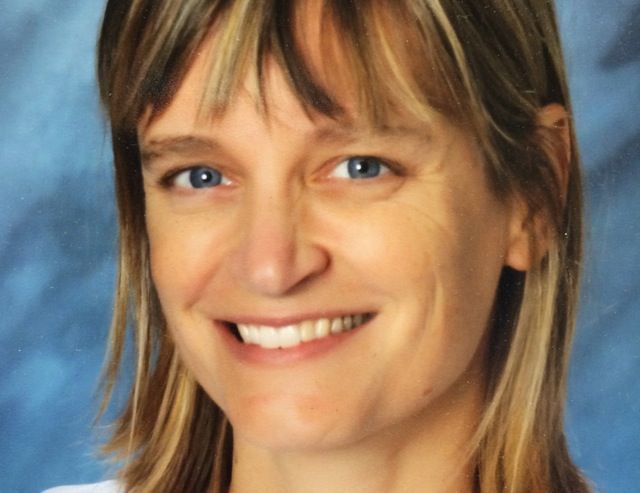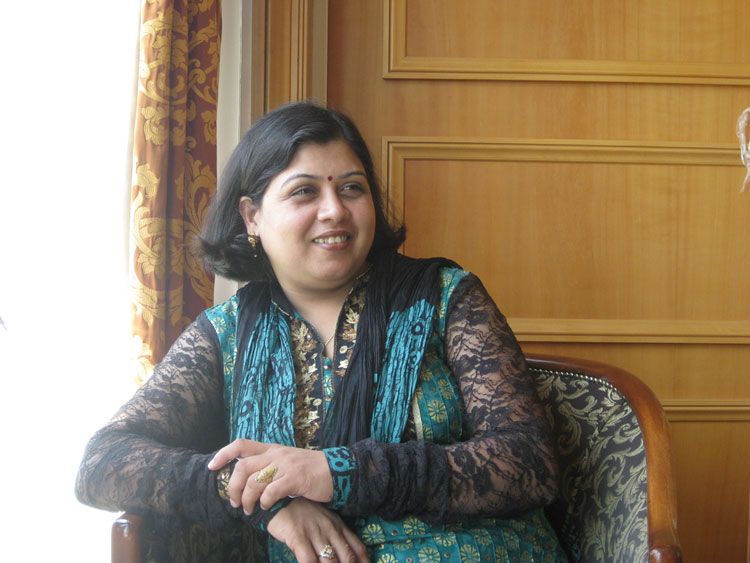
Mark Zuckerberg and his wife, Priscilla Chan, recentlyannounceda $3 billion effort to cure all disease during the lifetime of their daughter, Max. Earlier this year, Silicon Valley billionaire Sean Parkerdonated$250 million to increase collaboration among researchers to develop immune therapies for cancer. Google is developingcontact lensesfor diabetic glucose monitoring,gatheringgenetic data to create a picture of what a healthy human should be and working to increasehuman longevity.
The technology industry has entered the field of medicine and aims to eliminate disease itself. It may well succeed because of a convergence of exponentially advancing technologies, such as computing, artificial intelligence, sensors, and genomic sequencing. Were going to see more medical advances in the next decade than happened in the past century.
We already wear devices, such as the Fitbit and Apple Watch, which monitor our physical activities, sleep cycles, and stress and energy levels and upload these data to distributed servers via our smartphones. And those smartphones contain countless applications to keep track of our vitals and gauge our emotional and psychological states.
Then there is sequencing of the human genome, first completed in 2001 at a cost of about $3 billion. Its possible today for about $1,000, with costs falling so fast that, by 2022,genome sequencingmay be cheaper than a blood test. Now that it has been mapped into bits that computers can process, the genome has become an information technology.
With increasingly large sample sizes and tools such as IBMs A.I. system, Watson, scientists are gaining an understanding of how our genes affect our health; how the environment, the food we eat, and the medicines we take affect the complex interplay between our genes and our organisms.
The next big medical frontier is on the horizon: our microbiomes, the bacterial populations that live inside our bodies. We may think we are just made up of cells, but in reality there are 10times as many microbes in our body as cells. This is a field that I am most excited about, because it takes us back to looking at the human organism as a whole. The microbiome may be the missing link between environment, genomics, and human health.
Some children, for example, are born with a genetic predisposition to type-1 diabetes.Researchers trackedwhat happened to the stomach bacteria of children from birth to their third year in life and found that those who became diabetic had suffered a 25 percent reduction in their gut bacterias diversity (possibly from antibiotics). Inanother study, on Crohns disease, scientists took a small sample of feces from a healthy person and gave it in an enema to somebody with Crohns. Though that seems a disgusting procedure, it proved extremely effective in curtailing the condition. Scientists are also finding a correlation between the microbiome and obesity. It may well be the bacteria in our guts that make us fat not just the food we eat.
Within a few years, our genome, microbiome, behavior and environment will all be mapped and measured, and prescriptive-medicine systems based on artificial intelligence will help us feel better and live longer.
The most amazing and scary genetics technology of all is CRISPR. It uses an enzyme, Cas9, that homes in on a specific location in a strand of DNA and edits it to either remove unwanted sequences or insert payload sequences. With it, Chinese scientists have genetically modified pigs, goats, monkeys and sheep to change their size and color.They also claimto have edited a human embryo for resistance to HIV.For better and for worse, CRISPR has the potential to eliminate some debilitating diseases and to create a species of superhumans. And it is so cheap and easy to use that hundreds of labs all over the world are experimenting with it.
There are also advances in 3D-printed prosthetics and bionics. One company,UNYQ, for example, is printingnew limbsfor people with disabilities.Ekso Bionicshas developed robotic exoskeletons to help the paralyzed walk again. Second Sight is selling an FDA-approved artificial retinal prosthetic, theArgus II, which provides limited but functional vision to people who have lost their vision due to retinitis pigmentosa, a retinal ailment. I expect that, by 2030, we will have developed enhancements that give usperfect vision, hearing, and strength as seen in the 1970s television series, The Six-Million Dollar Man.
Yes, it will take time for the inventions to get from the lab to people in need, and the technology elite will have these before the rest of us. But this will only be for a short period, because the way the tech industry builds value is by democratizing technology, reducing its cost and enabling it to reach billions. This is why I am so excited that companies such as IBM, Facebook, and Google are taking the mantle from the health-care industry. These companies have a motivation to keep us healthy: so that we download more applications rather than remain hooked on prescription medicines.
This columnis based onWadhwas upcoming book, Driver in the Driverless Car: How Our Technology Choices Will Create the Future,which will be released this winter.
Link to article on Washington Post’s website
| About Author | |

|
Vivek Wadhwa is Vice President of Innovation and Research at Singularity University; Fellow, Arthur & Toni Rembe Rock Center for Corporate Governance, Stanford University; Director of Research at the Center for Entrepreneurship and Research Commercialization at the Pratt School of Engineering, Duke University; and distinguished visiting scholar, Halle Institute of Global Learning, Emory University. He is author of ”The Immigrant Exodus: Why America Is Losing the Global Race to Capture Entrepreneurial Talent”–which was named by The Economist as a Book of the Year of 2012. Wadhwa oversees the academic programs at Singularity University, which educates a select group of leaders about the exponentially growing technologies that are soon going to change our world. These advances—in fields such as robotics, A.I., computing, synthetic biology, 3D printing, medicine, and nanomaterials—are making it possible for small teams to do what was once possible only for governments and large corporations to do: solve the grand challenges in education, water, food, shelter, health, and security. |
Website: http://wadhwa.com/2016/10/25/future-medical-breakthroughs-may-come-from-an-unexpected-industry/
Disclaimer: Please use this channel at your own discretion. These articles are contributed by our users. We are not responsible or liable for any problems related to the utilization of information of these articles.











